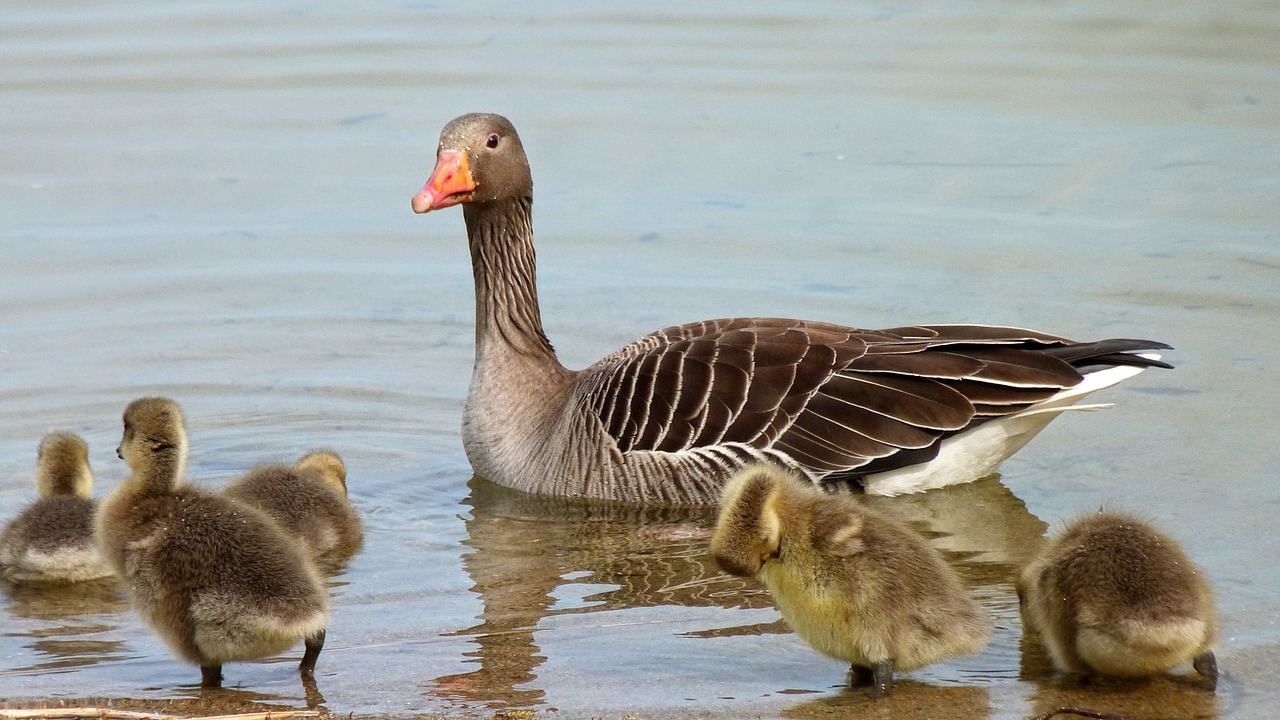Current estimates of goose population sizes in western Europe, a gap analysis and an assessment of trends
DOI:
https://doi.org/10.34080/os.v20.19922Keywords:
overwintering, population decline, conservationAbstract
We estimated the size of 30 defined populations of geese wintering in the Western Palearctic (including five released or reintroduced populations of three species). Fourteen populations were accurately estimated from almost full count coverage or robust sampling and ten were well estimated based on more than 50% of their total being counted. An estimated 5.03 million geese wintered in January 2009, up on 3.10 million in January 1993. Only two populations numbered less than 10,000 birds (Scandinavian Lesser White-fronted Goose and Svalbard/Greenland Light-bellied Brent Goose, the former being critically small within restricted range). Eighteen populations numbered 10,000–100,000, eight 100,000–1,000,000 and the largest 1.2 million individuals. Of 21 populations with known longer term trends, 16 are showing significant exponential increases, 4 are stable and one declining. Amongst these same populations, five are declining since the 1990s. Long term declines in productivity were found in 7 out of 15 populations. Amongst most of the 11 populations for which data exist, there were no significant long-term trends in annual adult survival. Improved monitoring, including demographic, is required to retain populations in favorable conservation status.
Downloads

Downloads
Published
How to Cite
Issue
Section
License
Copyright (c) 2010 Anthony D Fox, Bart S Ebbinge, Carl Mitchell, Thomas Heinicke, Tomas Aarvak, Kendrew Colhoun, Preben Clausen, Sergey Dereliev, Sándor Faragó, Kees Koffijberg, Helmut Kruckenberg, Maarten J J E Loonen, Jesper Madsen, Johan Mooij, Petr Musil, Leif Nilsson, Stefan Pihl, Henk van der Jeugd

This work is licensed under a Creative Commons Attribution 4.0 International License.
The copyright of each contribution belongs to the author(s), but all contributions are published under a Creative Commons license, so that anyone is free to share and reuse the contribution as long as the copyright holder is attributed.







